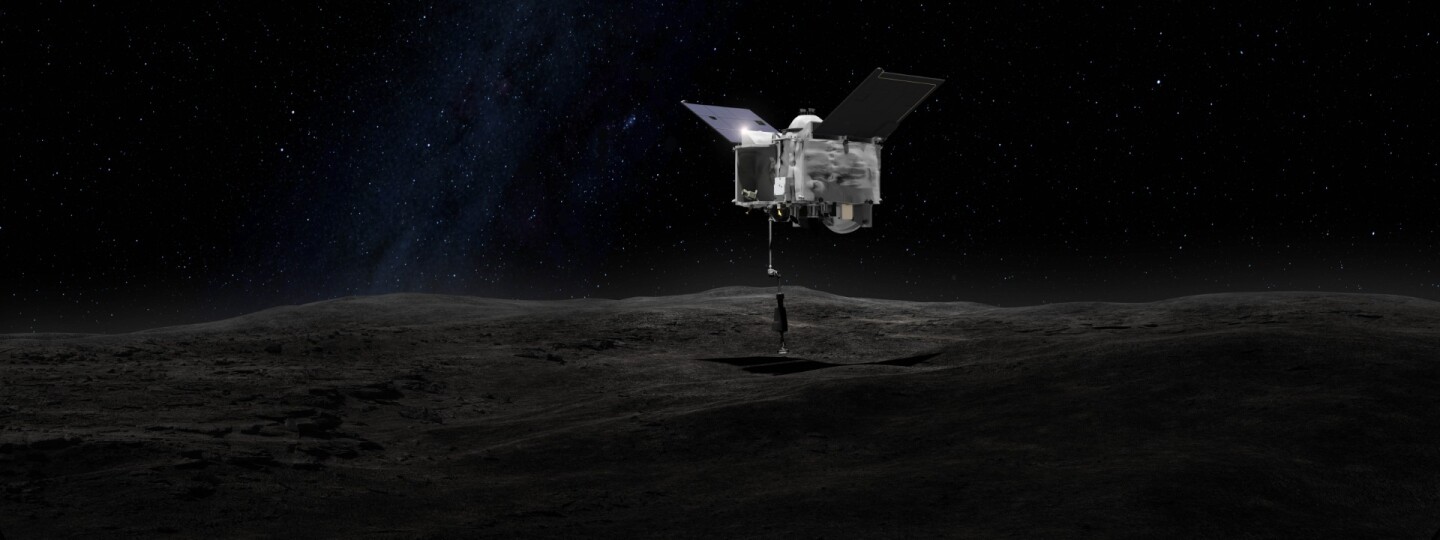After two years and two months of travel across 1.2 billion mi (two billion km), NASA's Origins, Spectral Interpretation, Resource Identification, Security-Regolith Explorer (OSIRIS-REx) spacecraft has reached the asteroid Bennu. At about 10:00 am PDT today, the unmanned probe fired its thrusters to place it in a parallel orbit at a distance of 11.8 mi (19 km) of the surface of its target, which it will spend the next year studying and mapping.
Launched on September 8, 2016 from Cape Canaveral Air Force Station atop an Atlas V rocket, OSIRIS-REx may have arrived at its destination, but it still has a ways to go. According to NASA, the spacecraft will carry out a series of flyovers of the 1,600-ft-wide (492-m) asteroid that will take it to within 4 mi (7 km) of the surface. When these preliminary surveys are completed, the probe will go into orbit around Bennu on December 31, 2018 to conduct more detailed studies.
NASA says that the main purpose of the OSIRIS-REx mission is to gather data that will allow scientists to make more accurate estimates of Bennu's shape, mass and rotation, as well as to identify the best sites for the probe to make a close approach to gather 2 oz (60 g) of surface samples toward the end of its stay. By making such a detailed study, the hope is that we will learn more about not only the formation of the solar system, but also how asteroids can be exploited by future commercial mining operations.

The OSIRIS-REx mission is scheduled to return its samples to Earth in September 2023 – the first US mission to do so and the largest sample collection since the Apollo missions. It's also the first mission to study a carbonaceous asteroid rich in organic molecules, and the first to study an asteroid that could one day collide with Earth.
"During our approach toward Bennu, we have taken observations at much higher resolution than were available from Earth," says Rich Burns, the project manager of OSIRIS-REx at NASA's Goddard Space Flight Center. "These observations have revealed an asteroid that is both consistent with our expectations from ground-based measurements and an exceptionally interesting small world. Now we embark on gaining experience flying our spacecraft about such a small body."
Source: NASA







